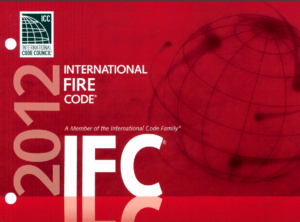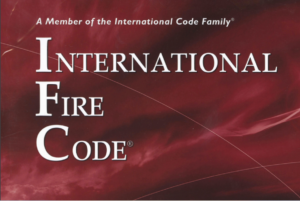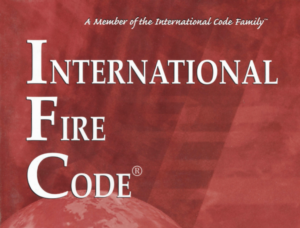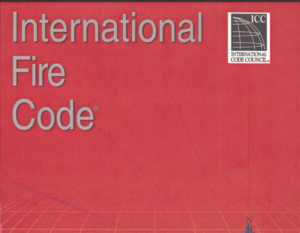The 1969 edition of the NFPA 13 Standard outlines the essential requirements for the installation and maintenance of fire sprinkler systems, aimed at safeguarding buildings from fire-related hazards. This standard serves as a comprehensive guide, detailing the construction and operational specifics of integrated systems that include both underground and overhead piping, connected to a reliable water source like gravity tanks, fire pumps, or municipal water supplies.
Chapter 1 of the standard introduces the definition and scope of a sprinkler system, emphasizing that these systems should be designed according to rigorous engineering standards. These systems are described as typically being activated by heat from a fire, which then triggers the water discharge over the affected area, effectively controlling or extinguishing the fire.
Significant emphasis is placed on the maintenance requirements necessary to ensure the system’s effectiveness and reliability. Property owners are held accountable for the upkeep of their systems, adhering to guidelines provided by the NFPA, including detailed instructions and maintenance schedules to ensure optimal functioning.
Furthermore, the standard addresses the processes involved when systems need to be temporarily shut down for repairs or extensions, highlighting the importance of minimizing downtime and providing alternative fire protection measures during these periods.
Lastly, it lays out the classifications of various hazard occupancies, specifying where and how sprinkler systems should be installed to meet safety requirements across different building environments, from residential to high-risk industrial settings. The standard aims to provide a structured approach to fire safety, ensuring comprehensive coverage and responsiveness of sprinkler systems in emergency situations.






